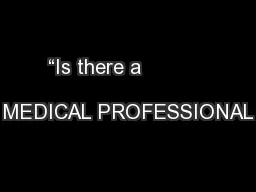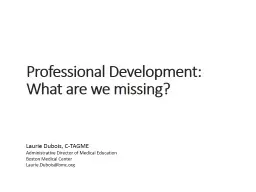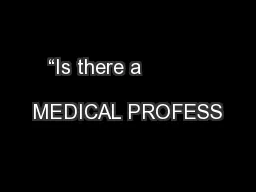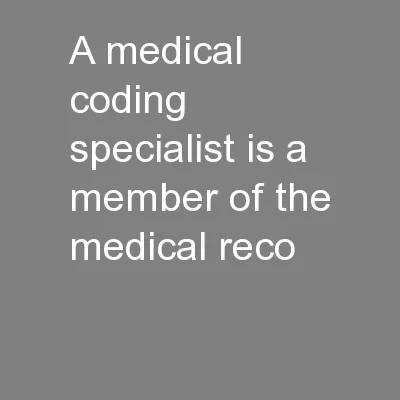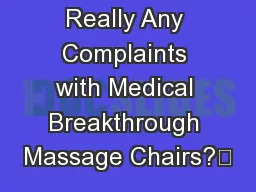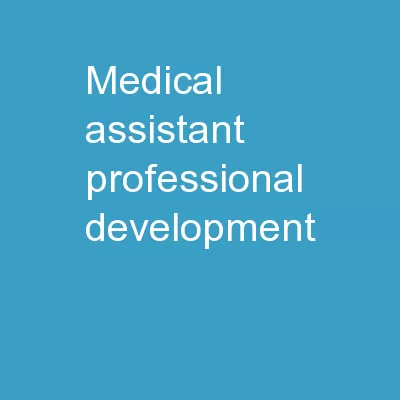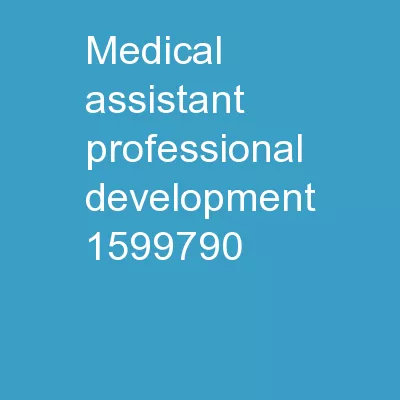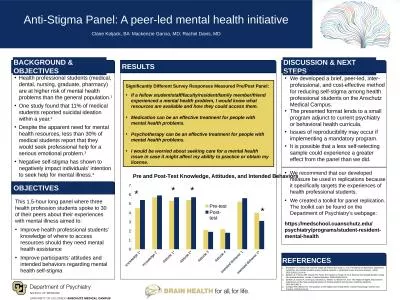PPT-“Is there a MEDICAL PROFESSIONAL
Author : yoshiko-marsland | Published Date : 2019-03-18
Challenges at 35000 ft Linda E Pelinka MD PhD Medical University of Vienna a nd Ludwig Boltzmann Institute for Experimental amp Clinical Traumatology Vienna
Presentation Embed Code
Download Presentation
Download Presentation The PPT/PDF document "“Is there a ..." is the property of its rightful owner. Permission is granted to download and print the materials on this website for personal, non-commercial use only, and to display it on your personal computer provided you do not modify the materials and that you retain all copyright notices contained in the materials. By downloading content from our website, you accept the terms of this agreement.
“Is there a MEDICAL PROFESSIONAL: Transcript
Download Rules Of Document
"“Is there a MEDICAL PROFESSIONAL"The content belongs to its owner. You may download and print it for personal use, without modification, and keep all copyright notices. By downloading, you agree to these terms.
Related Documents

